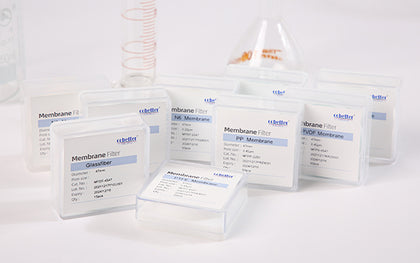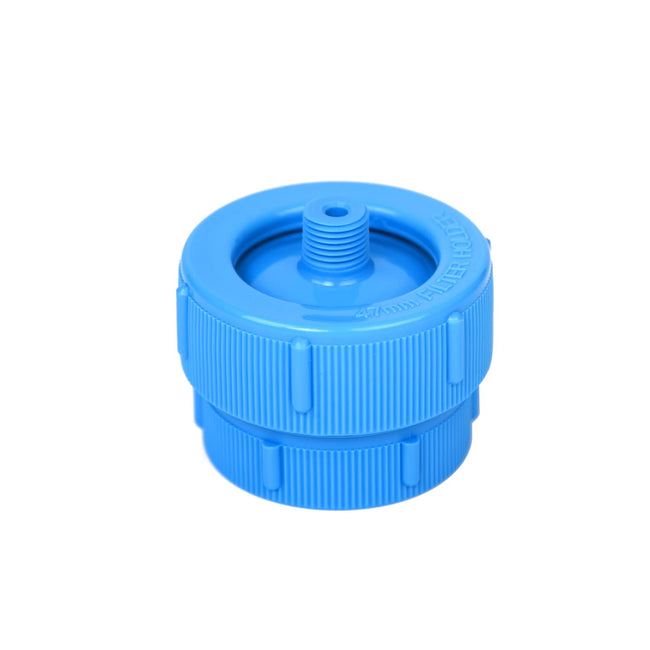-

Hydrophobic Polypropylene Disc Membrane Filters 25/50 pcs/pk
Membrane PPPore size 0.1/0.22/0.45/1.0/3.0/5.0/10.0/20.0μmPackage 25/pk, 50/pk -

Hydrophilic MCE Disc Membrane Filters 25/50 pcs/pk
Membrane MCEPore size 0.22/0.45μmPackage 25/pk, 50/pk -

Hydrophilic Nylon Disc Membrane Filters 25/50/100 pcs/pk
Membrane NylonPore size 0.1/0.22/0.45/0.8/1.0/3.0/5.0μmPackage 25/50/100 pcs/pk -

PM2.5 Air Monitoring Membrane Filters, 46.2mm, 25pcs/pk
Membrane Hydrophobic PTFEPore size 2.0μmPackage 25/pk -

Quartz Fiber Disc Membrane Filters, 10pcs/pk
Membrane Quartz FiberPackage 10/pk







